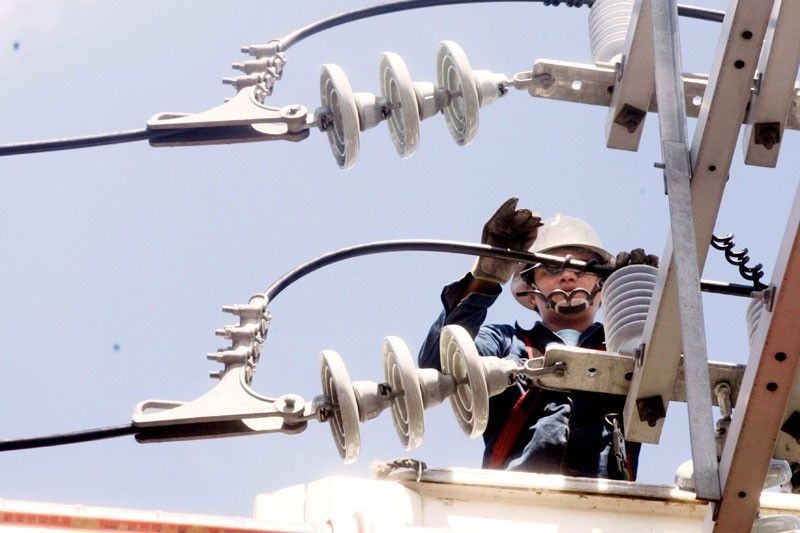DOE finalizing smart grid policy

MANILA, Philippines — The Department of Energy (DOE) is finalizing the country’s smart grid policy and roadmap to help further bring down power rates and to address modern challenges in the power sector.
The DOE has issued the draft department circular titled “Providing a National Smart Grid Policy Framework for the Philippine Electric Power Industry and Roadpmap for Distribution Utilities” as it seeks industry input for the new policy.
Through the circular, the agency is looking to transition the Philippine power system into a smart grid by 2040.
Turning into a smart grid may improve grid reliability, efficiency, flexibility and resiliency. It will also push for consumer empowerment as it will allow the monitoring and managing energy consumption, and promote new emerging technologies such as electric vehicles, net metering, smart monitoring equipment and appliance.
If achieved, the country’s power grid will be capable of self-healing, and allow full customer choice with the full implementation of Retail Competition and Open Access (RCOA), Renewable Portfolio Standards (RPS), Green Energy Option (GEOP), and Net Metering.
Through the country’s Retail Competition and Open Access (RCOA) program, large electricity consumers in Luzon and Visayas with an average monthly peak demand of at least one megawatt (MW) can apply to become a contestable customer in order to have the ability to choose its own electricity supplier.
RPS requires distribution utilities to source a portion of their power supply from eligible renewable energy producers while GEOP empowers end-users to choose renewable energy resources for their energy requirements.
Meanwhile, under the net metering program, households with renewable energy installations—such as solar, wind or biomass—not exceeding 100 kw can sell electricity they generate in excess of what they can consume directly to their distribution utility.
The smart grid vision will also promote the development of optimized energy storage systems (ESSs), energy management systems (EMSs), distributed energy resources (DERs) management systems, and smart homes and cities.
Energy Secretary Alfonso Cusi previously underscored the need to introduce smart grid technologies all over the country because of their proven efficiency in significantly reducing systems losses and other operational inefficiencies.
Last May, Energy Assistant Secretary Redentor Delola said they are targeting to issue the smart grid policy and roadmap within the third quarter of the year.
In detailing the proposed roadmap, Delola said it would contain five levels toward the attainment of a smart grid network.
The first level will cover the planning and the pre-development stage for Advanced Metering Infrastructure (AMI), which is an integrated system of smart meters, communications networks and data management systems that enables two-way communication between utilities and customers.
The second level focuses on the pilot implementation for AMI, which includes the installation of smart meters, data management system, and data centers and servers.
- Latest
- Trending



























